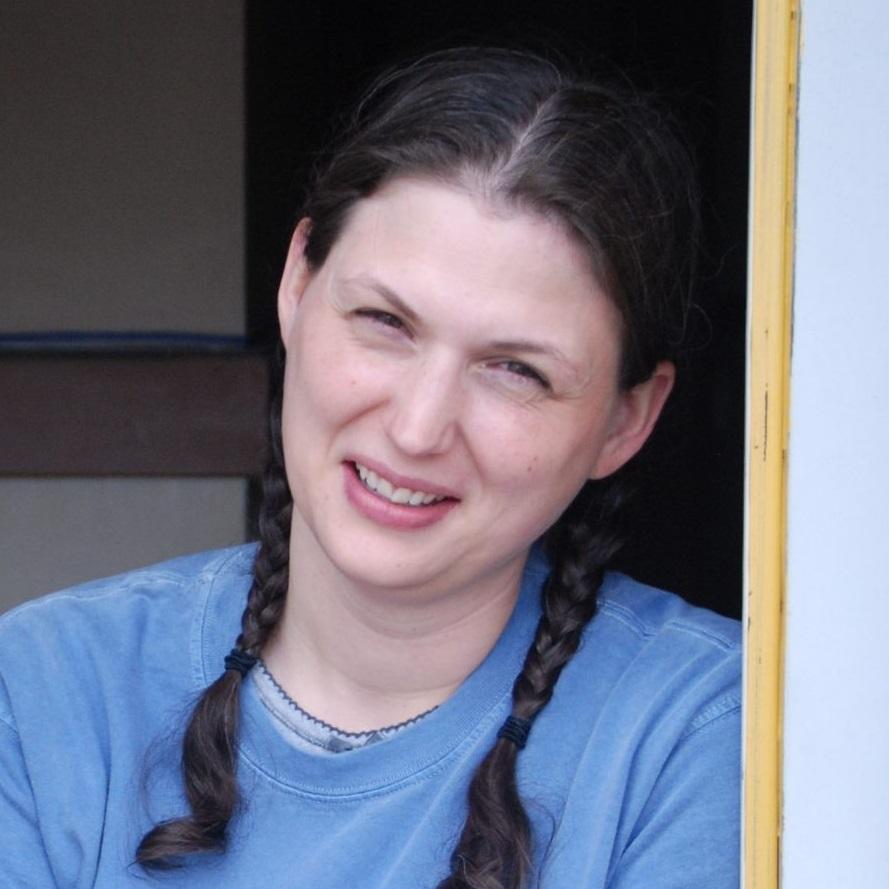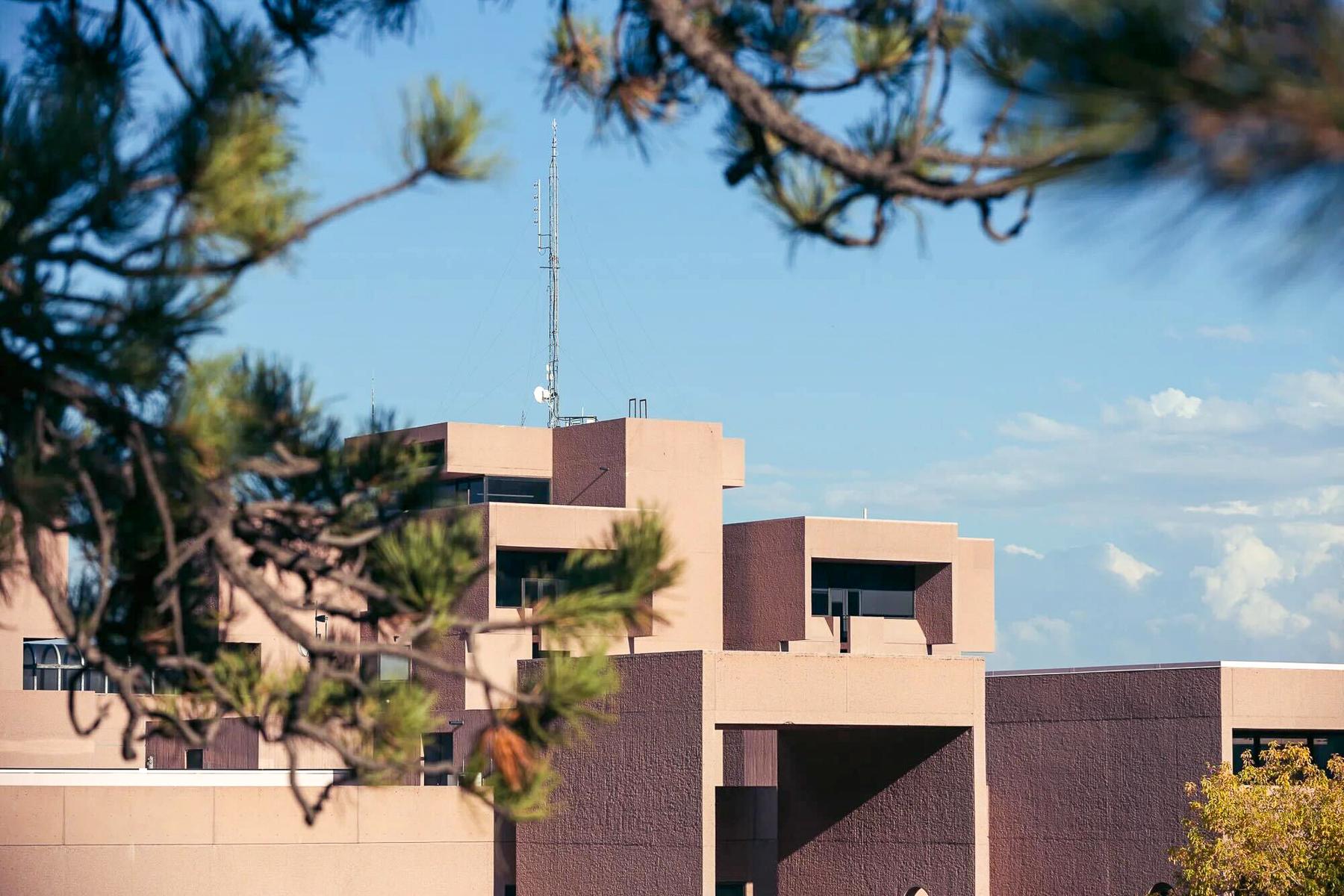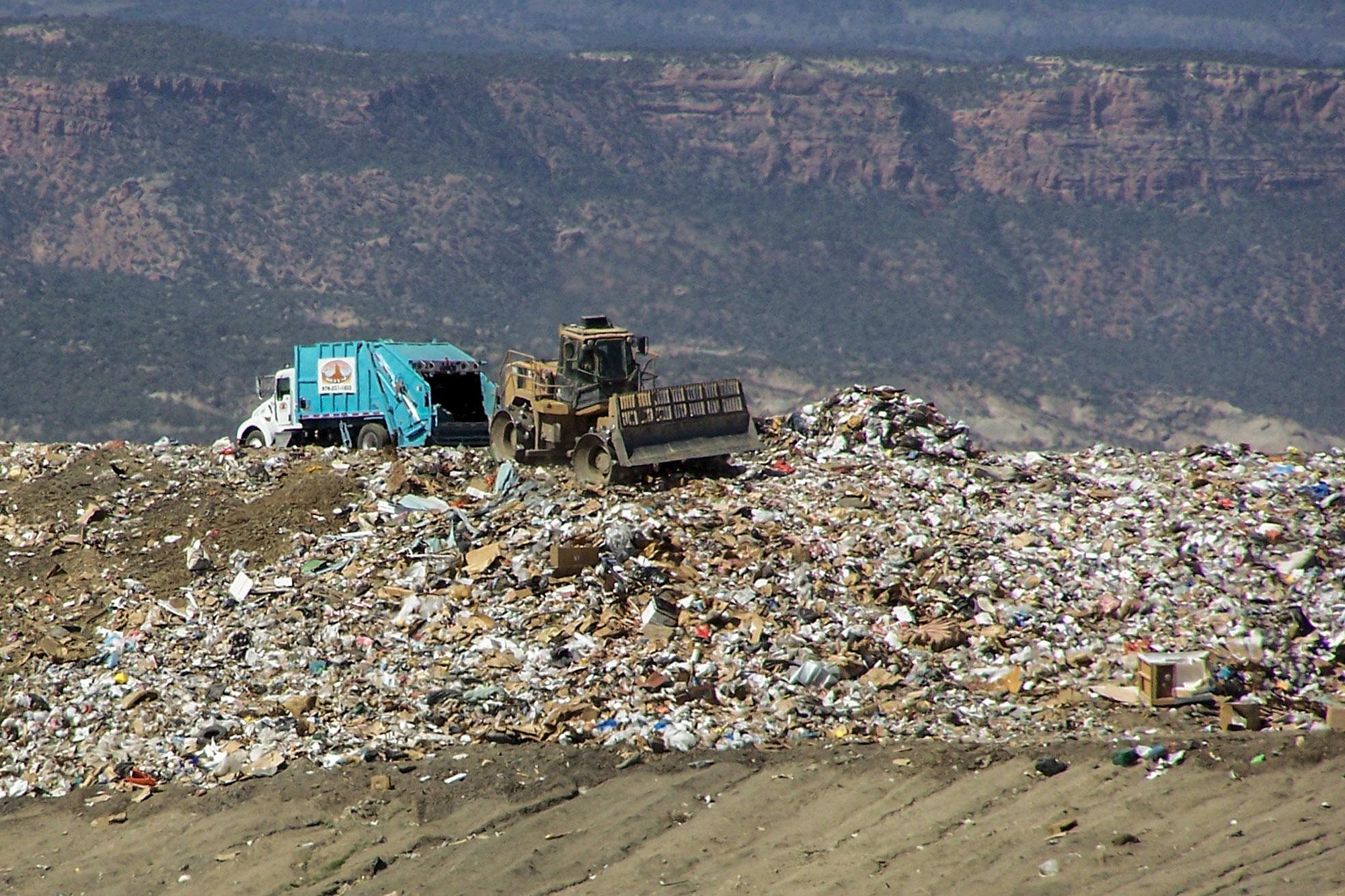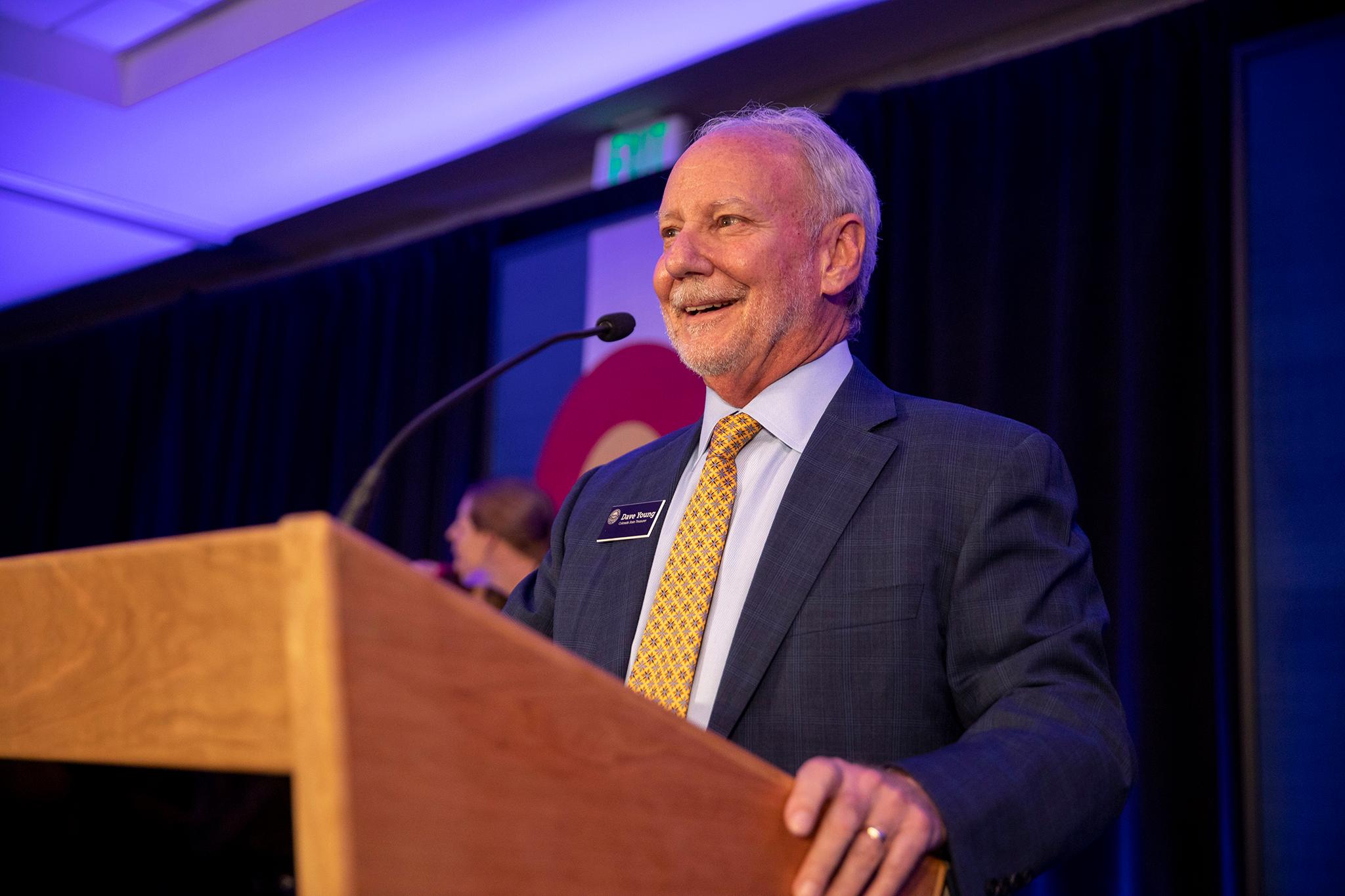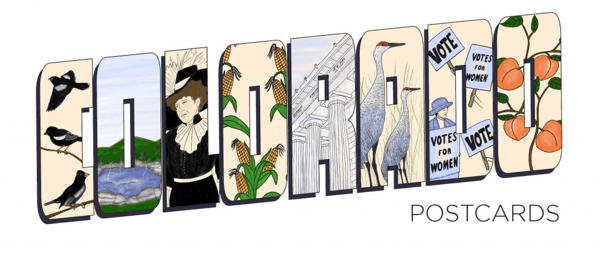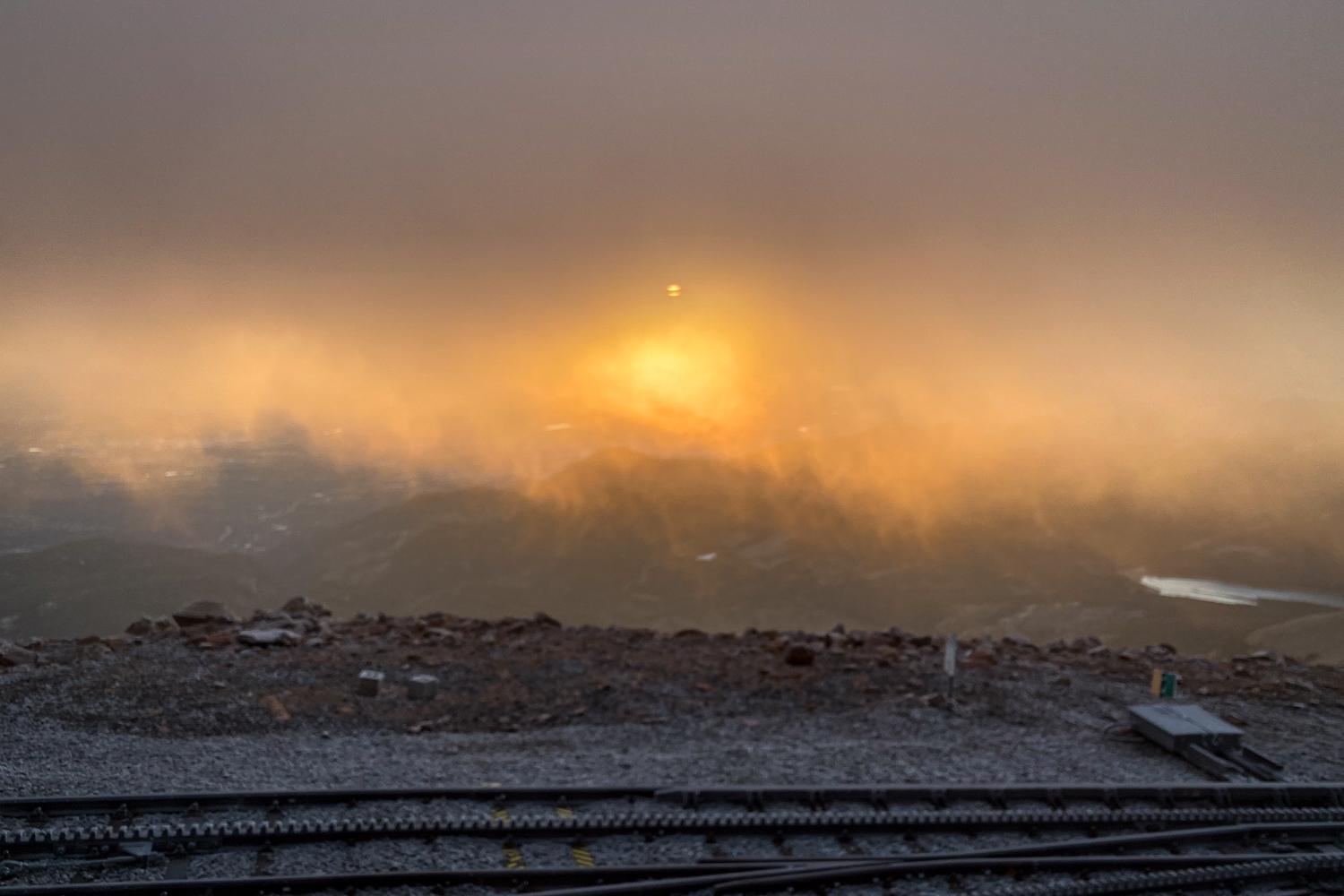
As dawn emerged Monday, tribal nations gave a special ceremonial blessing on top of Pikes Peak — one of the few times the city opens the summit before sunrise. It's the third year for the Indigenous Peoples Day Sunrise Celebration and according to the city of Colorado Springs, it was also the largest.
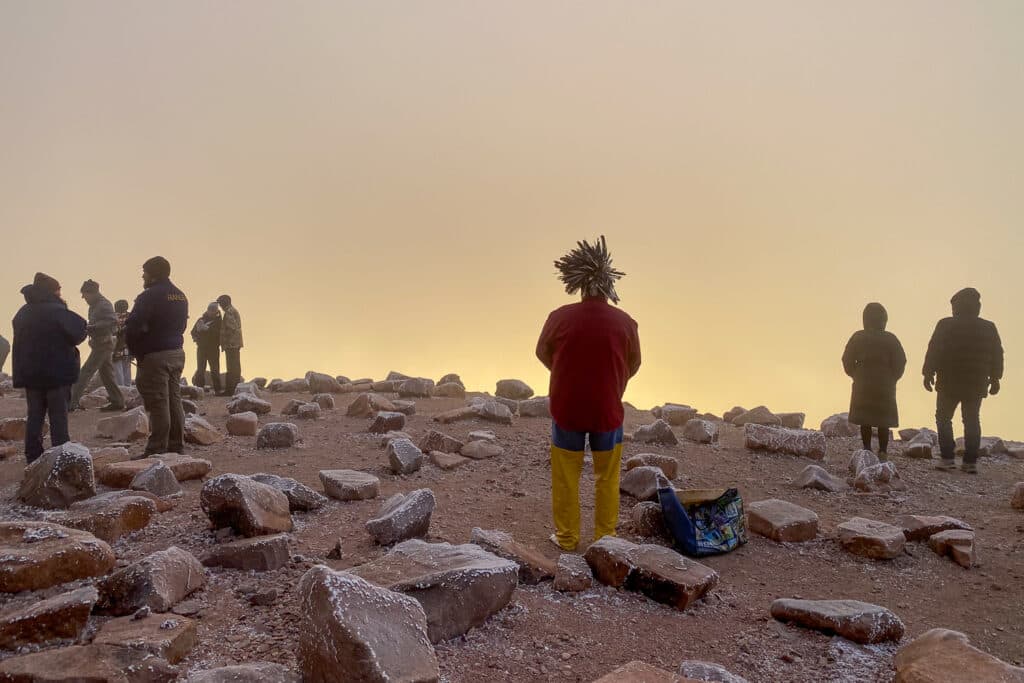
The celebration also included the unveiling of interpretive signs inside the Pikes Peak Summit House, highlighting the Kiowa Tribe and Comanche Nation's native language names for the peak.
"T'áiñk'òp, T'áiñk'òp, T'áiñk'òp," Amanda Hill repeated. Hill is a Tribal Historic Preservation Officer for the Kiowa tribe. "T'áiñk'òp" translates to "White Mountain."
"It's kind of funny when you read these invitations," Hill said. "It says, invited to the mountain blessing, kind of like they expect us to come and bless this mountain. Can't bless the mountain,” she explained — it’s already considered a sacred place. “But we were excited to come up here and take those blessings for ourselves, for our families, for our people, for Indian county because they're very much needed."
"This mountain was known as White Mountain," she said. "It's no longer white because of the global warming… This mountain was white. It's no longer white. We need to think about that and actually care for these spaces and talk about that management and space and our responsibility to our world around us."
The representative from the Comanche Nation, Lloyd Heminokeky, spoke of the mountain's name and how it translates in their language to "Place to Pray and Sit."
"Comanches were sun worshippers at one time long ago," Heminokeky said, introducing a song. "It talks about how it's coming. It gives light to all the world, makes things grow."
"This place here is a place where natives would come and seek a vision, vision quest, obtain medicine and pray," he said. "Our hope and prayer are for our people at home. We've come a long ways to be a part of this."
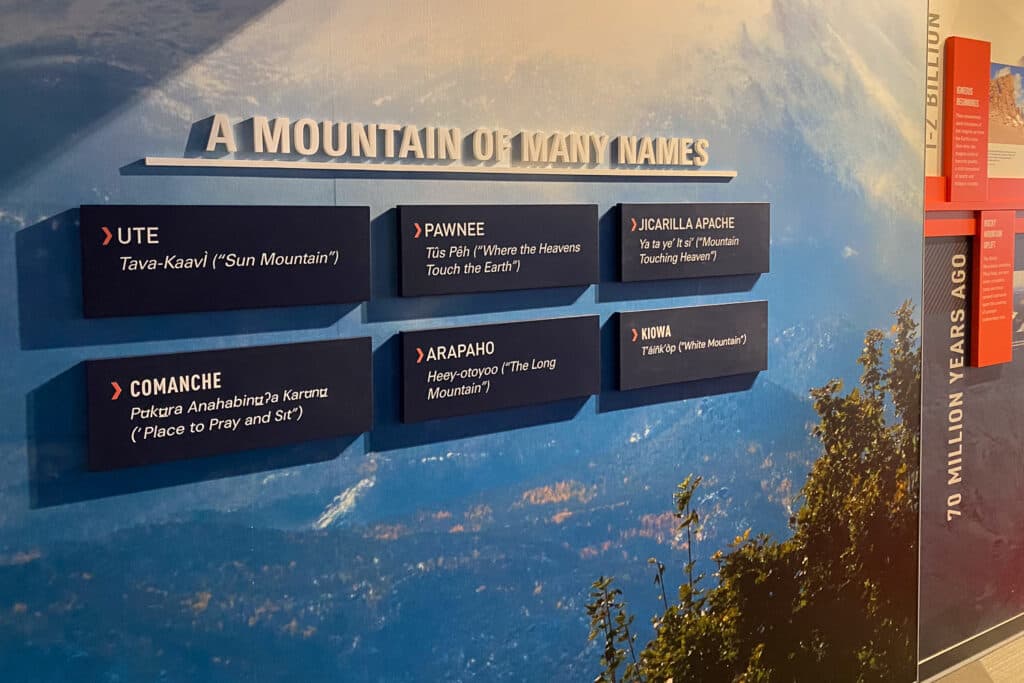
The plaques join four others already there, including representations of native names for the mountain from the Ute, Pawnee, Jicarilla Apache, and Arapaho nations.
The Ute are perhaps the most well-known for their immediate connection to the mountain and the region. The Ute name for Pikes Peak, Tava-Kaavì, translates to "Sun Mountain."
"We have creation stories that reside from this mountain," said Mark Wing of the Ute Mountain Ute tribe in Towaoc.
"This is the first place he (the sun) hits when it comes up right here," Cassandra Atencio of the Southern Ute Reservation in Ignacio added. "They'd come up here and they'd pray and give those offerings like we did to come get blessings. Not to give them, but to come get blessings from right here where we're standing, here on this place right here."
Representatives from seven of the 10 Tribal Nations of Pikes Peak were in attendance for the ceremony and plaque unveiling.
Donovan Taylor of the Northern Cheyenne wore a Dog Soldier headdress and ribbon shirt and participated in the sunrise ceremony with a song and a drum. Out of respect for the participating tribes, filming or photography was not allowed during the ceremonial blessing.
"The drumming represents the heartbeat of the Native American to continue," Taylor said afterward. "And it's very vital to keep the drumbeat going."
"It's a blessing," to be at the summit of the mountain, he said. "Commemorating the sunrise in our culture is very important for all walks, generations, future generations, and also the beauty of life, plants, and animals to subsist and survive … The sun brings new life."
Skyler Rorabaugh manages Pikes Peak for the City of Colorado Springs. He said that though this ceremony aligned with Indigenous Peoples' Day and was part of the year-round special sunrise mornings atop the peak, Native people are always "invited to be present."
"There's a lot of culturally significant locations along our highway and throughout our recreation corridor that's sacred to their tribes, to their culture," he said. And while the day featured the unveiling of the new plaques, Rorabaugh said there are also markers outdoors.
"We want to have that interpretation present so that everyone understands and knows that rich history of the mountain and cultural significance."
